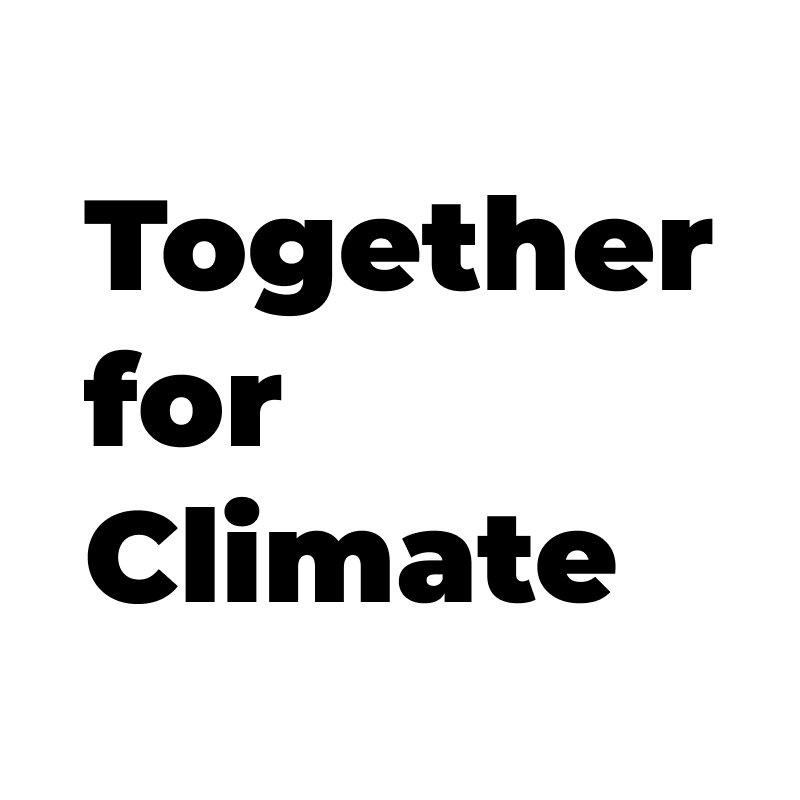Impact of Climate Change on Europe's Extreme Weather
Earlier this week, Norway suffered from one of its most powerful storms, with hurricane-force winds reaching 180 kph, leaving some people without power, causing travel disruption, and leading to flooding. While Norway is used to windy cold weather, this is a freak storm that shook the country. This begs the question; "is climate change making Europe's extreme weather worse?".
It's not just Norway - in recent years, Europe has been no stranger to the wrath of extreme weather events, with storms leaving a trail of destruction all around the continent. It's no secret that the frequency and intensity of these storms are on the rise, so why is this? Of course, climate change exacerbates Europe's extreme storms. So, let's take a look at these connections between a changing climate and the surge in severe weather events across the continent.
Europe's weather patterns, just like the rest of the world, are influenced by various factors such as atmospheric pressure systems, ocean currents, and temperature gradients. Traditionally, the North Atlantic Oscillation (NAO) and the Arctic Oscillation (AO) have played key roles in shaping weather patterns across the region. What does this have to do with climate change? Well, climate change, driven primarily by human activities such as burning fossil fuels and deforestation, has undisputedly led to a warming planet. This warming, in turn, disrupts established weather patterns and amplifies the intensity and frequency of extreme weather events. In the context of Europe, rising sea surface temperatures and altered atmospheric circulation patterns are potential contributors to the increasing severity of storms. Hence why we keep witnessing and experiencing such extreme weather that our current infrastructure cannot deal with.
In particular, a significant impact of climate change on storm intensity is the warming of sea surface temperatures. This is perhaps what scientists find the most concerning. Warmer waters provide more energy for storm formation and intensification. As the North Atlantic warms, the potential for more powerful storms to develop increases, this essentially creates a breeding ground for extreme weather events to wreak havoc on European coastlines.
The changing climate also influences atmospheric circulation patterns, such as the NAO and AO which we mentioned earlier. These shifts can lead to more persistent weather conditions, including prolonged periods of heavy rainfall or extended periods of dryness. Such changes can set the stage for extreme storms, with increased rain and the potential for devastating flooding events - again, something that the current infrastructure throughout Europe isn't equipped for.
For example, the unprecedented flooding in Germany and Belgium in 2021 showcased the devastating impact of heavy rainfall on communities and infrastructure. The connection between the warming climate and the intensity of these storms becomes even more apparent when considering historical data alongside these recent events.
Now, it's becoming more important to confront the reality of a changing climate and its impact on extreme storms in Europe, and the need for effective mitigation and adaptation strategies becomes paramount. Here at Together for Climate, we are committed to driving sustainable solutions. We help to neutralise the carbon footprint of your groups, events and activities effortlessly with just a few clicks. By recognising the global nature of the climate crisis, you can become an integral part of the solution.
The relationship between climate change and the increasing intensity of Europe's extreme storms is a complex and pressing issue. Through comprehensive understanding, evidence-based analysis, and collaborative efforts, we can pave the way for a resilient future. We remain committed to fostering awareness, driving change, and creating initiatives that address the challenges posed by a changing climate. Join us and quickly discover how we can be your most efficient ally in offsetting the footprint of your groups, events and activities.
